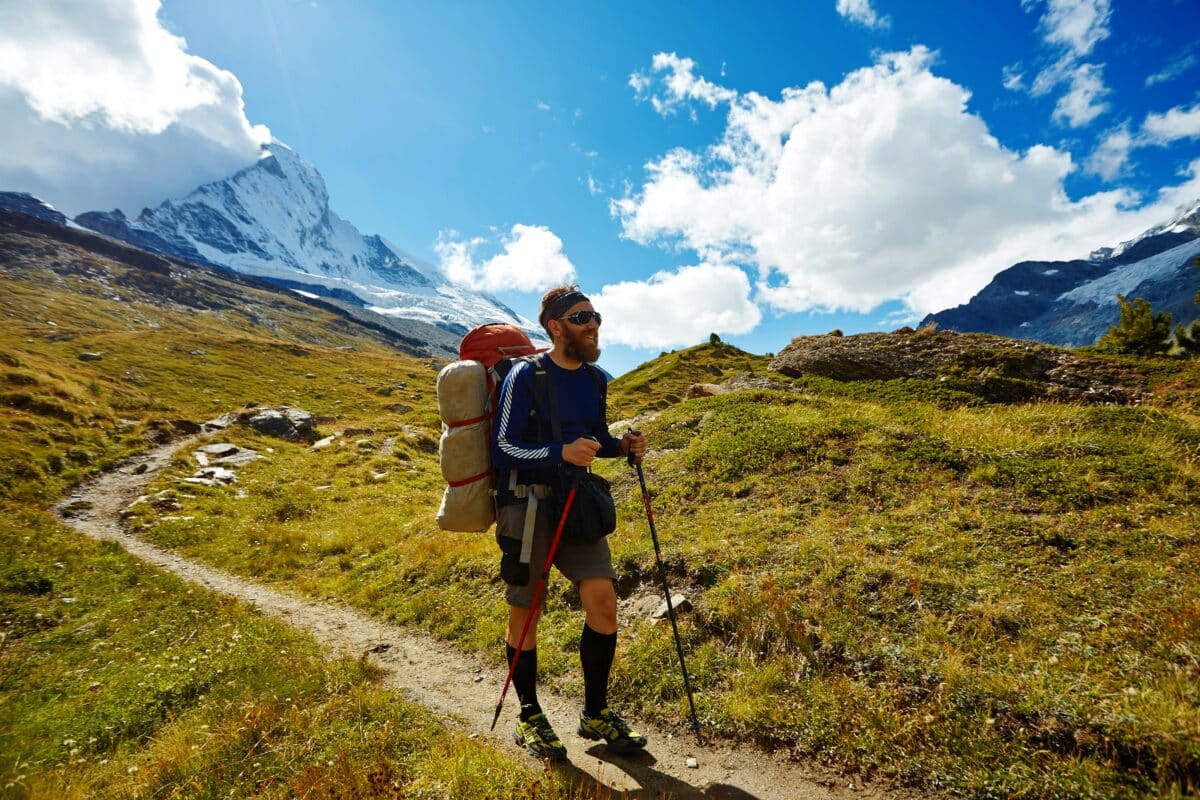If you are a recreational or serious adventurer looking to embark on a multi-day hike, then you understand how preparation plays a significant role. Multi-day hikes require more planning, endurance, and gear than your average day hike. Whether trekking in the Alps, Appalachian Trail, or Himalayas, proper planning will get you ready to tackle challenges ahead and enjoy the adventure to the fullest.
This guidebook will assist outdoor sportsmen and adventure travelers in planning their next multi-day hiking tour. All you need to have a safe, secure, and enjoyable trek is contained herein.
Choose the Right Trail and Learn About Its Difficulty
Every trek is distinctive, and your choice of trail will dictate your entire preparation. Well before you make a booking, research the trail heavily with the following in mind:
- Length and difficulty: Determine the length and elevation gain for the hike. New hikers may prefer less elevation and lower-graded trails, but experienced trekkers can ascend more difficult trails.
- Weather conditions: Research seasonal weather in the region. Knowing whether it is the rainy season, too warm, or snowed in will help determine what to bring and what precautions to take.
- Permits: Some trails require permits or registration. Look into this in advance to reduce last-minute inconvenience.
Resources such as AllTrails or GAIA GPS are great places to find trail info, maps, and reviews.
Gear up with the essentials
Your backpack’s gear list can either make or break your trekking adventure. With lightness and function at the forefront, here are essentials for your backpacking backpack—without unnecessary weight.
The Big Three
- Backpack: Opt for a well-fitted hiking backpack with a capacity of 50L-70L for multi-day trips. Ensure it has an adjustable hip belt for weight distribution.
- Tent (or shelter): Depending on where you’re trekking, pick a lightweight, durable tent or explore ultralight options like a bivvy or tarp.
- Sleep system: Choose a sleeping bag appropriate for the temperature you’ll face, and pair it with an insulated sleeping pad for comfort and heat retention.
Clothing
Think layers! Use the three-layer system to stay warm and dry:
- Base layer: Moisture-wicking material to keep sweat away.
- Mid layer: Fleece or down jacket for insulation.
- Outer layer: Waterproof and windproof shell to protect against the elements.
Avoid cotton, which retains water and leads to hypothermia.
Footwear
Purchase sturdy, well-broken-in hiking boots with great ankle support. Break them in and wear them with wool-blend socks that draw moisture away from your skin to prevent blisters. Bring a spare pair of socks in case the first one becomes wet! For a complete list of what to bring, see this recommended hiking gear guide.
Fuel your adventure with food and water
It’s crucial to your performance and enjoyment to stay hydrated and well-fed on the trail. Not all food and water, however, are created equal.
Food
Pack lightweight, high-calorie foods. Dried fruit, trail mix, instant oatmeal, energy bars, and jerky are good choices. Choose foods that are easy to prepare and won’t spoil in a few days.
Water
Carry a water bottle or water reservoir with a minimum capacity of 2 liters. It is also necessary to carry a water purification or filtration system (e.g., Sawyer filter or water purification tablets) so that you can use natural sources such as streams or lakes.
Pro Tip: Store snacks within easy reach while hiking to snack on without having to make many stops.
Build your strength with pre-trek training
Day after day of backpacking can drain your body, so building strength and endurance is necessary. Emphasize the following training techniques:
- Backpack with a heavy load to get accustomed to trail terrain.
- Build leg strength with lunges, squats, and step-ups.
- Build cardiovascular strength with running, cycling, or swimming.
- Increase pack weight and steepness of hikes in the weeks leading up to your trek date.
Safety First – prepare for emergencies
Even the most experienced hikers encounter unexpected challenges. Planning for emergencies ensures you’re ready for unexpected situations.
First aid kit
Pack a compact but comprehensive first aid kit, including blister treatments, bandages, pain relief medication, and antiseptic wipes.
Navigation tools
Carry a map of the area (paper maps are still a must), a compass, and a charged GPS device or smartphone with offline maps installed.
Communication and backup power
A satellite communication device like a Garmin inReach is a necessity when backpacking in areas without cell phone coverage. Don’t leave without a high-capacity power bank to keep your devices charged.
Leave no trace – preserve nature
Backpacking for multiple days is half personal achievement, half appreciating nature’s beauty. Leave No Trace principles allow you to leave the trail as you found it (or perhaps even better).
- Dispose of your waste and take all trash home.
- Leave wildlife alone and give them a safe distance.
- Camp only in designated campsites to save the environment from as much damage as possible.
Embrace the adventure and prepare for your next trek
Preparation is the secret to any successful trekking experience. As long as you plan your course well, bring the right equipment, prepare yourself beforehand, and prioritize safety, you’re ready to gaze at breathtaking landscapes and enjoy an experience that will change your life.
Happy hiking!

